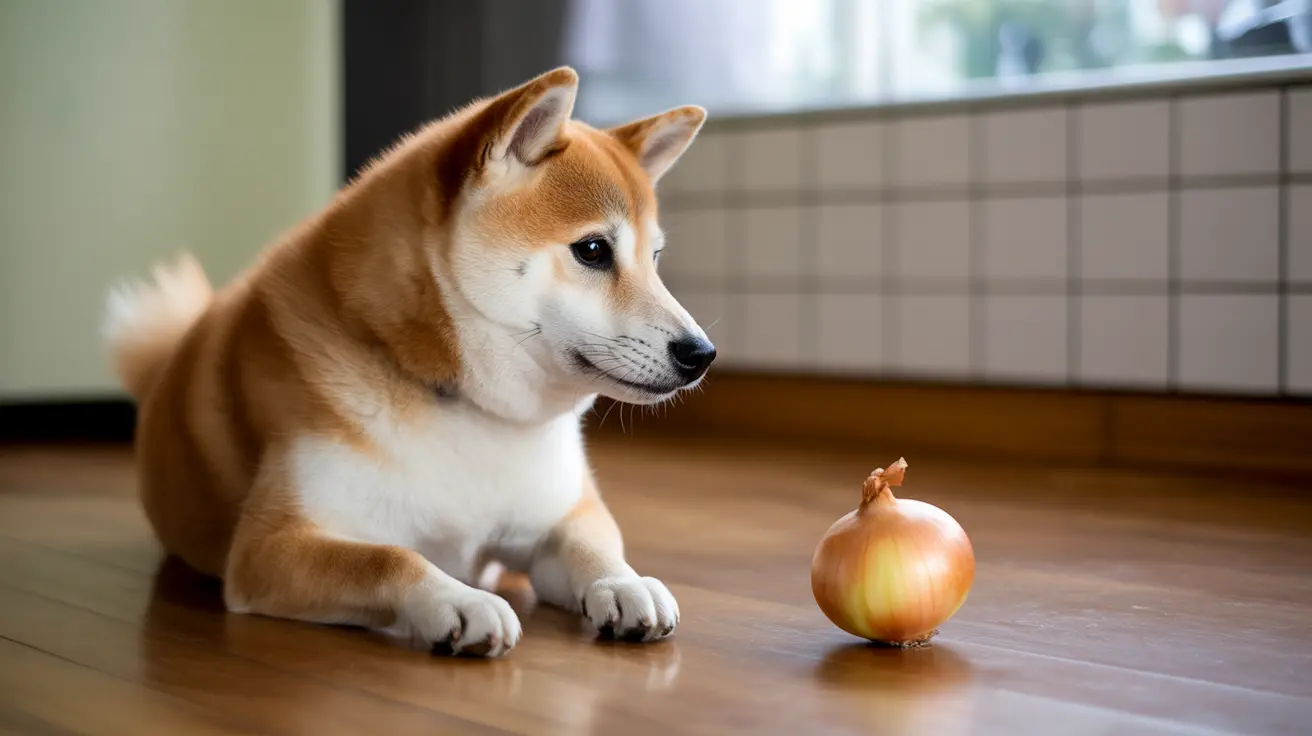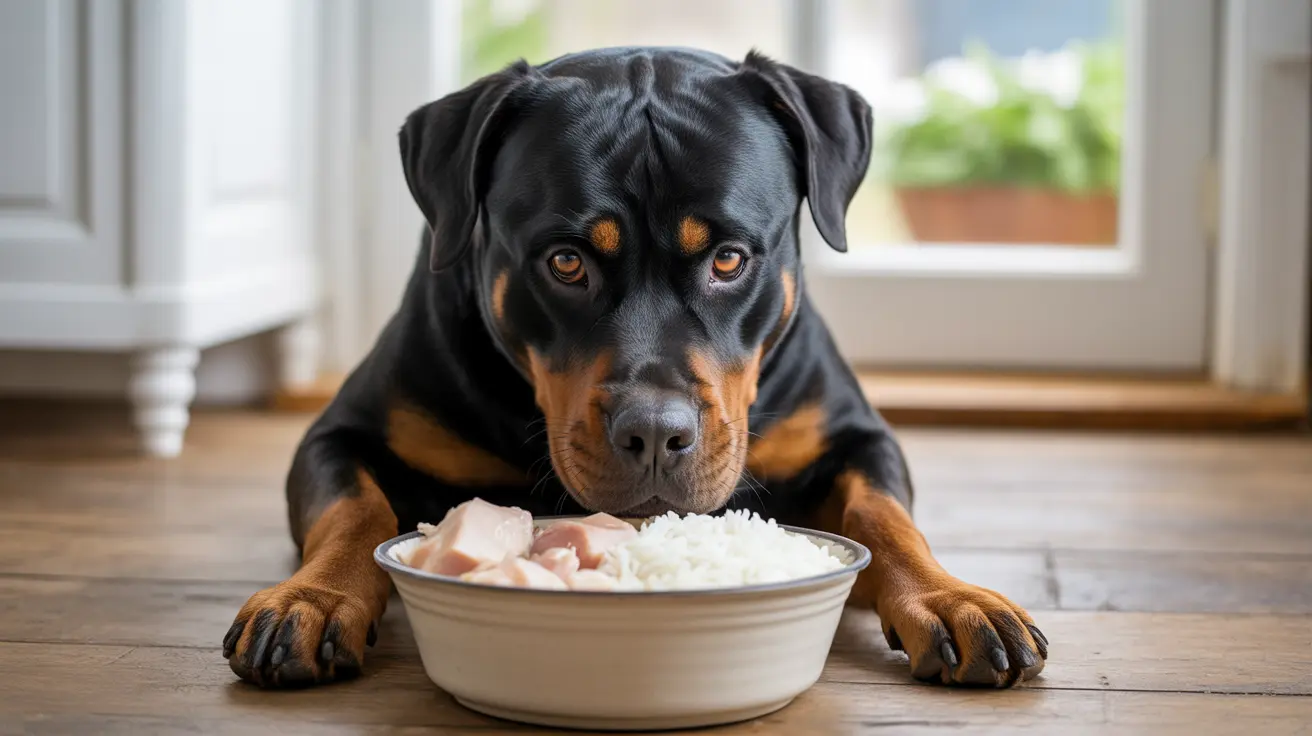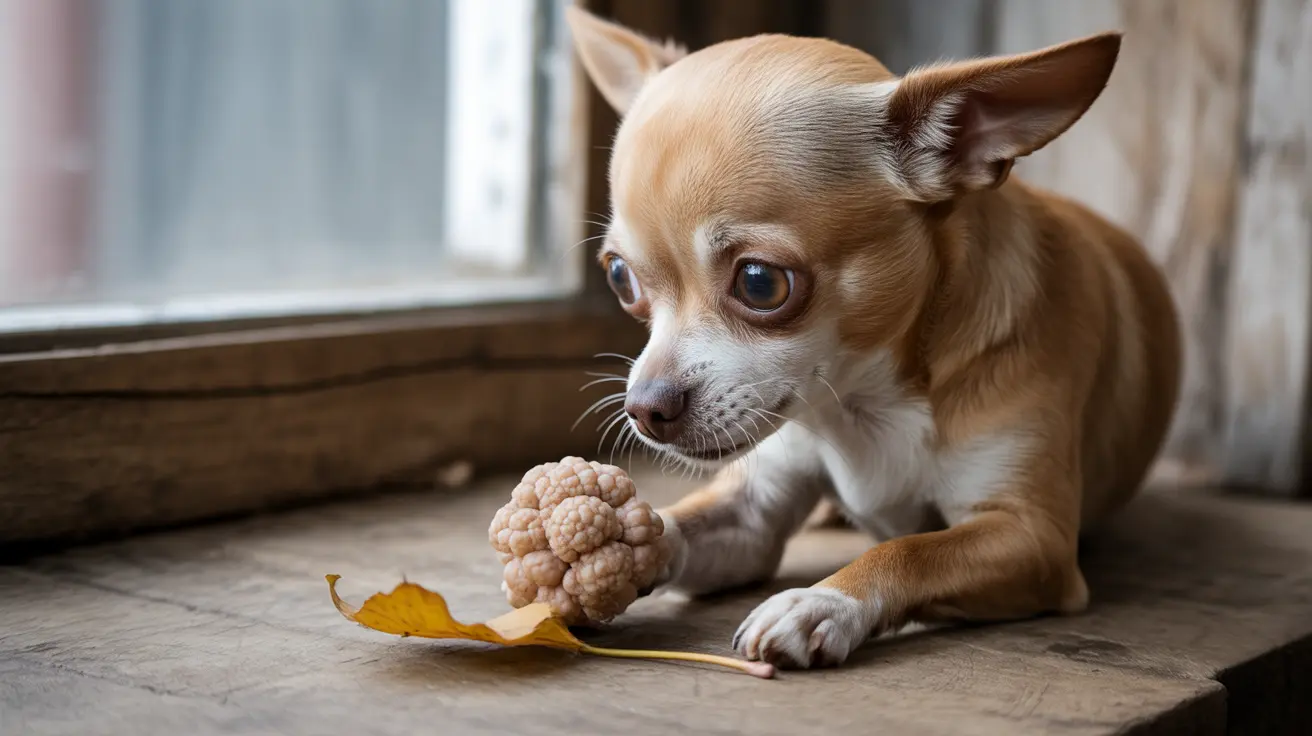The 3-Day Potty Training Trick for Puppies
Potty training is a vital step when bringing a new puppy or adult dog into your home. While house training can take weeks or even months, some owners opt for a more intensive approach known as the
3-day potty training trick. This method focuses on closely supervising your dog, establishing a consistent schedule, and using positive reinforcement to teach the desired behavior quickly.
What Is the 3-Day Potty Training Trick?
The 3-day potty training trick is a condensed version of standard housebreaking techniques. It requires
dedicated time, patience, and full involvement from the owner over a period of 72 hours. During this time, the dog is never left unattended, allowing you to observe, guide, and reward appropriate potty behaviors immediately.
Key Components of the 3-Day Potty Training Trick
- Supervision: Keep your puppy in sight at all times. Use leashes, baby gates, or keep the dog nearby to prevent accidents and respond quickly to cues.
- Consistent Schedule: Take your puppy out frequently—first thing in the morning, after meals, after naps or playtime, and before bedtime.
- Designated Elimination Spot: Bring your puppy to the same outdoor area each time so they associate the spot with going potty.
- Potty Commands: Use a cue word like “Go potty” every time you bring them to the elimination area.
- Immediate Reward: Praise and offer a treat immediately after a successful potty to positively reinforce the behavior.
- Clean Accidents Thoroughly: Use enzymatic cleaners to remove any scent if accidents occur, preventing repeated messes in the same spot.
Creating a Structured Potty Schedule
On average, puppies need to go out once every hour per month of age. For the 3-day potty training trick, follow a strict timetable:
- Morning: Take the puppy out as soon as they wake up.
- After Meals: Elimination usually follows eating within 15–30 minutes.
- Naps or Playtime: Take your puppy outside immediately after they wake or finish playing.
- Before Bedtime: One last potty break right before crating them for the night.
Using Confinement Effectively
When you can't directly supervise, confine your puppy to a
crate or small safe room. Dogs naturally avoid soiling their sleeping space, which helps them learn to hold their bladder.
- Ensure the crate is not too large; your puppy should be able to stand, turn, and lie down comfortably without room to eliminate in a corner.
- Use the crate positively—never as punishment—to build a sense of safety and relaxation.
Recognizing Potty Signals
Proper supervision allows you to recognize signs that your puppy needs to go. These may include:
- Sniffing or circling
- Whining or barking
- Sudden stopping of activity
- Heading toward the door
React quickly by taking your puppy outside to the elimination spot and using the chosen command word.
Feeding and Hydration Tips
Control feeding and water access to match the schedule. Feed at the same times each day, ideally 3 times for a puppy.
- Avoid feeding close to bedtime—offer dinner at least 4–5 hours before sleep.
- Pick up water 2 hours before bedtime to reduce nighttime accidents.
Nighttime Routine
Young puppies often can’t hold it through the night. If your puppy wakes or whines, take them calmly to the potty spot with minimal interaction. Keep lights low and return to bed immediately after.
Dealing With Accidents
If you catch your puppy in the act, calmly interrupt and take them outside. Never punish or scold—it can lead to anxiety or secretive behavior.
- Clean any messes with an enzymatic cleaner.
- Reinforce correct behavior by praising every outdoor success.
Gradually Increasing Independence
After 3 days of consistent training, slowly allow your puppy more freedom in the house, but continue supervision. Regressing to previous steps is okay if accidents occur.
Long-Term Success Tips
Even after the 3-day intensive, maintain good habits:
- Stick to the schedule for several weeks.
- Keep rewards handy for quick reinforcement.
- Provide ample potty opportunities based on age and breed.
Troubleshooting
If progress stalls after 3 days:
- Reevaluate the schedule and supervision.
- Ensure all accidents are cleaned properly.
- Consider health concerns if inappropriate elimination continues.
Conclusion: While not every puppy will be fully trained in 3 days, this method lays the groundwork for successful house training. With consistency, patience, and positive reinforcement, substantial progress is possible in a short time.





